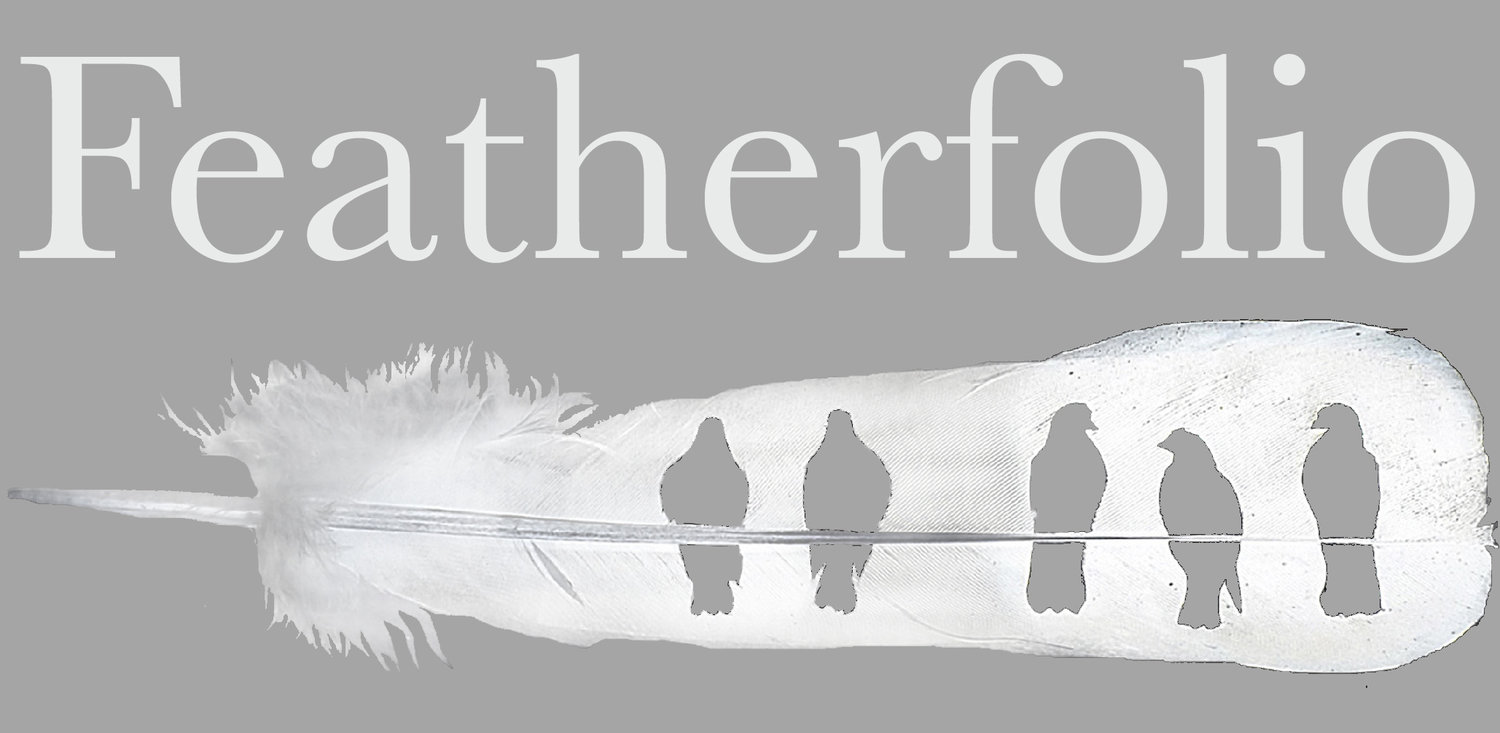Try taking two flight feathers from the same side of a bird’s wing and put the front, leading edge parallel and over the trailing next feather, like it was on a bird. The pull them gently and you can feel the feathers grab. If you put the leading edge of a feather underneath trailing edge of its neighboring feather instead of on top, there will be no grabbing; they will just glide smoothly over each other.
These feathers stick together in at least three ways to help make the wing smooth and aerodynamic:
- The leading edges of the feathers let a small amount of air through as the bird flies, a little more air than comes through the trailing edges. This evens the pressures caused by moving air which would otherwise tend to pull feathers away from the smooth airfoil a wing is supposed to make for a bird to fly.
- The leading edge of each feather curves slightly down and the trailing edge faces slightly up. So when two flight feathers on a wing overlap, the leading edge grabs trailing edge of the next flight feather.
- The almost microscopic barbules on the leading and trailing edges of each flight feather sort of splay out which help to grab onto the next feather, further creating more of a seal so the feathers stick together firmly in the wind.
Reference: Muller, V. and Patone (1998) Air Transmissivity of Feathers. Journal of Experimental Biology 201, 2591-2599
